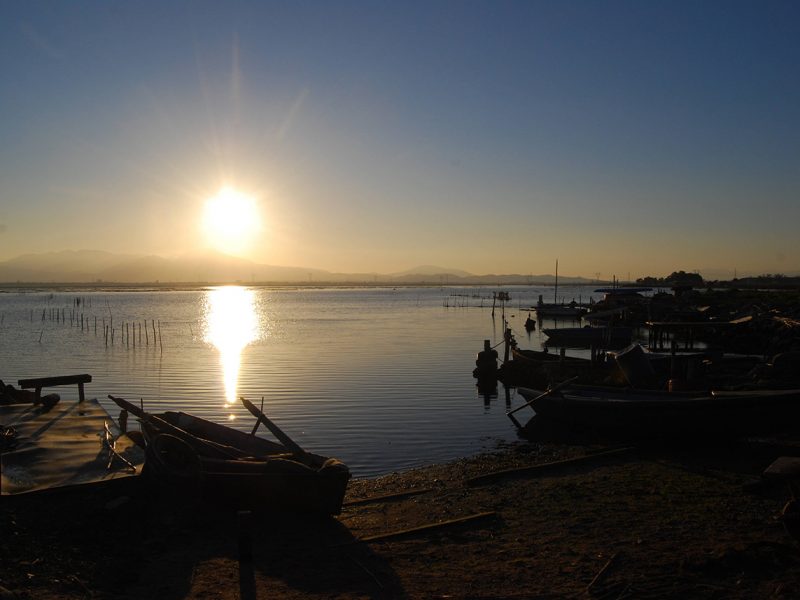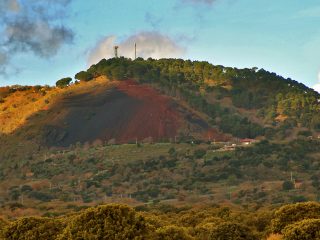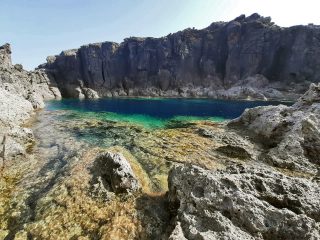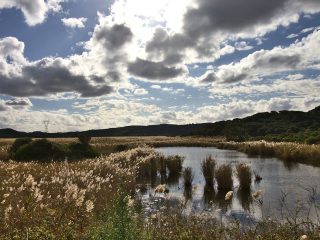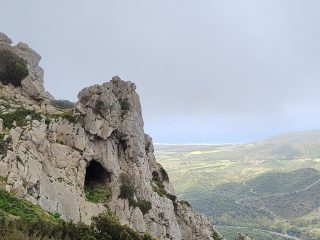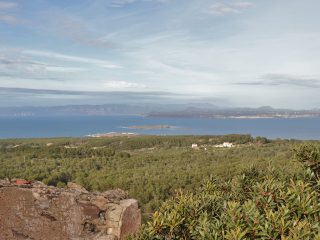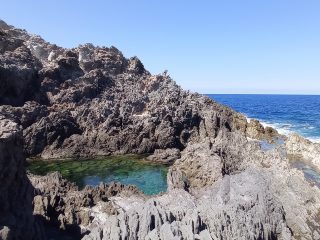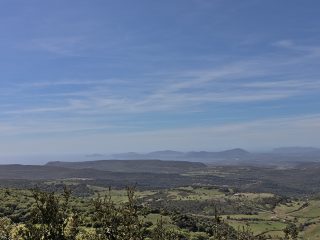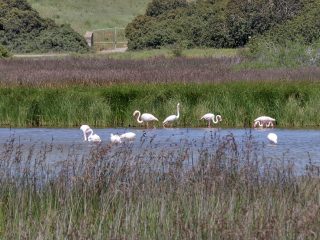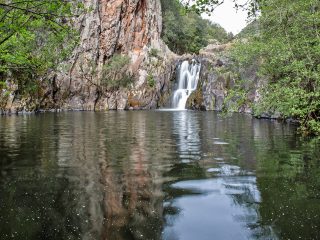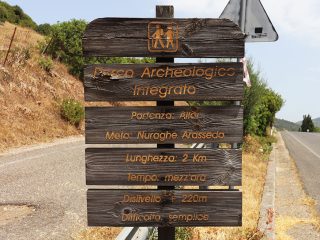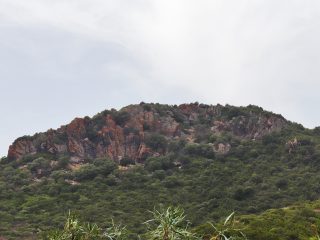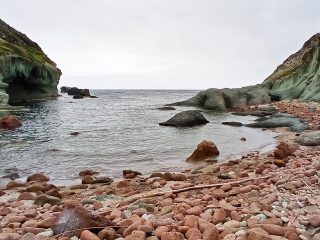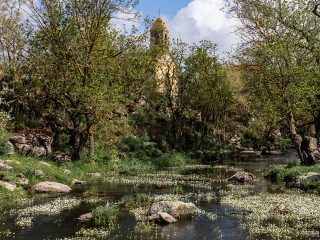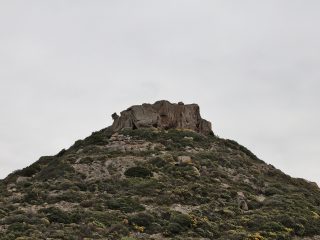The Santa Gilla Lagoon lies on the southern coast of the island, between the municipalities of Cagliari, Elmas, Assemini and Capoterra.
The area is known as Stagno di Cagliari which includes the whole wetlands of the Saline di Macchiareddu, Porto Canale, the Stagno di Capoterra and Sa Illetta, formerly the Isola di San Simone, joined to dry land in the XVI century.
This is an area of exceptional natural importance which stretches over 15,000 hectares. The lagoon basin extends over the ancient valley floor, dug from the Rio Flumini Mannu and from the Cixerri River, filled with fluvial deposits, swamps and marines.
The lagoon has been the subject of different anthropic activities over the years, and part of its area is currently included in the urban and industrial built-up area of the municipalities involved.
Furthermore, due to its strategic position, part of the lagoon was transformed into a port hub (Porto Canale), leading to further alterations in the ecosystem.
However, despite these changes, the natural system of the lagoon rapidly adapted. Its embankments are now the natural habitat of almost two hundred species of birds. These include 70 species which have been identified as nonmigratory. The lagoon hosts herons, ducks, barn owls, black-winged stilts, falcons, seagulls, cormorants, the common kingfisher and pink flamingos.
This is why the area is protected and classified as a Special Protection Area (SPA) under the European Union’s “Birds Directive” and as an internationally recognised wetland pursuant to the Ramsar Convention.
Around the lagoon, there are different points dedicated to birdwatching, especially along the trunk road, S.S.195 which runs along the side of the Stagno di Capoterra.
As well as its environmental and natural importance, the lagoon is of significant historical importance. Indeed, the human settlements verified in the area, date to the VIII century B.C. The first centre of the Carthaginian Carales, a trade and fishing centre, was established precisely in this area. In the Roman era, it became a suburb of Karalis. in the Middle Ages, Santa Igia, became the capital of the Giudicate of Calari and episcopal see. Ships from the Maritime Republics accessed the city via the mouth of the lagoon. Furthermore, a naval battle was fought between Genoa and Pisa in 1194 inside the lagoon to gain control of the Giudicate.
The area is currently part of the Site of Community Importance (SCI) “Stagno di Cagliari, Saline di Macchiareddu, Laguna di Santa Gilla” (ITB040023), regulated by the Rete Natura 2000.


